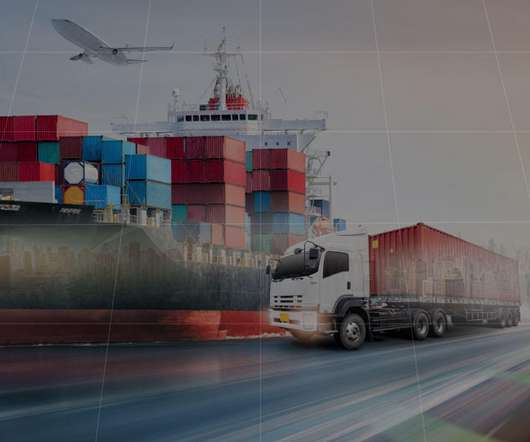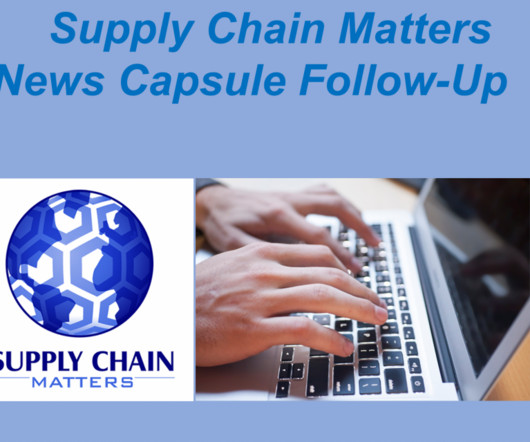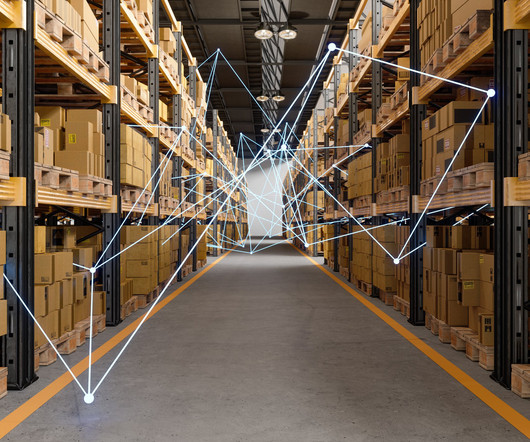3 Ways Freight Procurement and Shipping Will Change by 2030
Shipsta
AUGUST 26, 2021
We all love to speculate what the future will be like – it’s human nature.

Shipsta
AUGUST 26, 2021
We all love to speculate what the future will be like – it’s human nature.

ThroughPut
JUNE 17, 2022
Increased labor costs, declining freight rates, high demand for quick shipping with reduced bulk orders, skyrocketing carrier margins etc. are just some of the variables impacting logistics and freight operations globally. Making every mile count with AI-powered Freight Management Software – 5 Benefits.
This site is protected by reCAPTCHA and the Google Privacy Policy and Terms of Service apply.

The Logistics & Supply Chain Management Society
APRIL 26, 2022
As of January 1, 2022, it was taking a company an average of 73 days to deliver goods to truck or rail carriers after booking with an ocean carrier and completing the cross-ocean journey, according to E2open’s Ocean Shipping Index. In fact, global freight rates have increased tenfold since the start of the pandemic.

Supply Chain Matters
OCTOBER 25, 2022
Trillion by 2030. . West Coast Container Ship Backup Has Ended. In our Supply Chain Matters news capsule of September 27, we pointed out that business, supply chain and transportation media had reported this that the cost of shipping a container of goods from China to the U.S. Instead, import volumes to the U.S.

Supply Chain Matters
NOVEMBER 14, 2023
Rivian Automotive is now free to sell its EV parcel vans to other parcel carriers, and added reinforcement from multiple ocean container shipping carriers that the existing industry volume declines could extend for two to three years. Delivery of these innovative vans began in July 2022.

AFFLINK
AUGUST 17, 2022
Upstream Supply Issues Manufacturers are struggling with the same product and shipping delays as consumers. On the road, the American Trucker Association estimates needing more than 160,000 drivers to meet current demand increases by 2030. Over the last 12 months, 58% reported additional demand increases.

Supply Chain Collaborator
AUGUST 14, 2019
Using the historic shipping data captured in a TMS, shippers can make data-driven, predictive plans. Freight Payment and Audit automation makes settlement predictable and easy which is always appreciated by carriers. It is no longer sufficient to manage transportation using best guesses. Step 4 – Adopt 21 st century technology.
Let's personalize your content